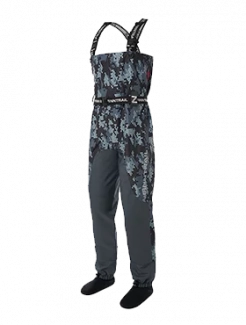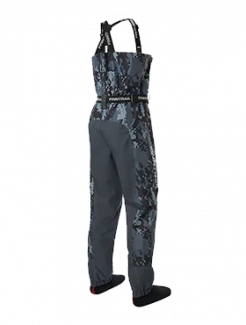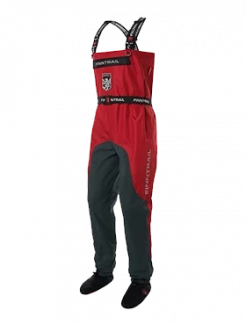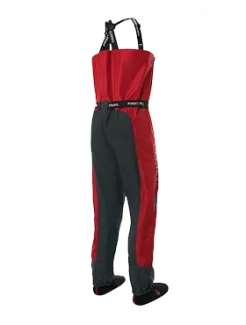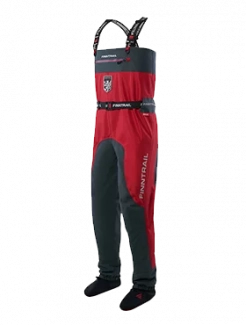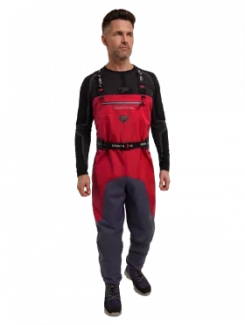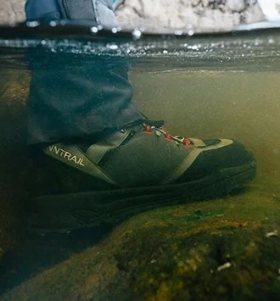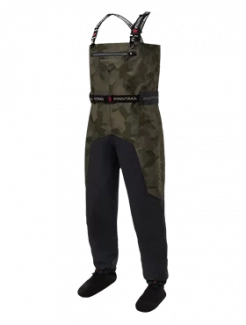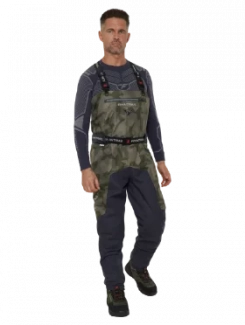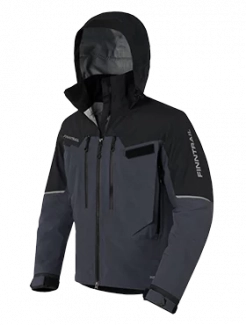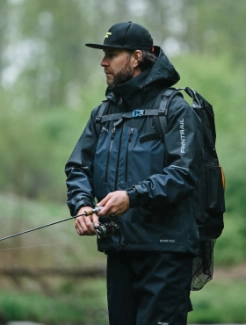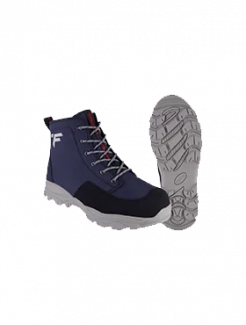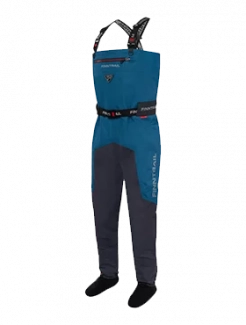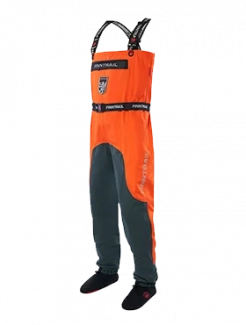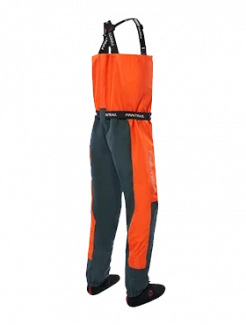Match the Hatch Made Easy
If you’ve ever stood in a river with a rod in hand, watching fish rise all around while your fly drifts untouched, you know the frustration. The fish are clearly feeding—but on what? The secret usually lies in the art of matching the hatch.
Learning how to match the hatch is one of the most valuable skills in fly fishing. It turns random casting into a deliberate strategy, built on observation and an understanding of insect life.
In this guide, we’ll break down what match the hatch really means, how to recognize the insects fish are keying in on, and how to pick the right fly to imitate them. We’ll also touch on broader hatch-match bait approaches—including options for bass fishing—and even take a quick look at how insects actually hatch.
Whether you’re just starting out or looking to sharpen your technique, this article will help you read the water, understand the natural cycle of hatching insects, and use that knowledge to put more fish in the net.
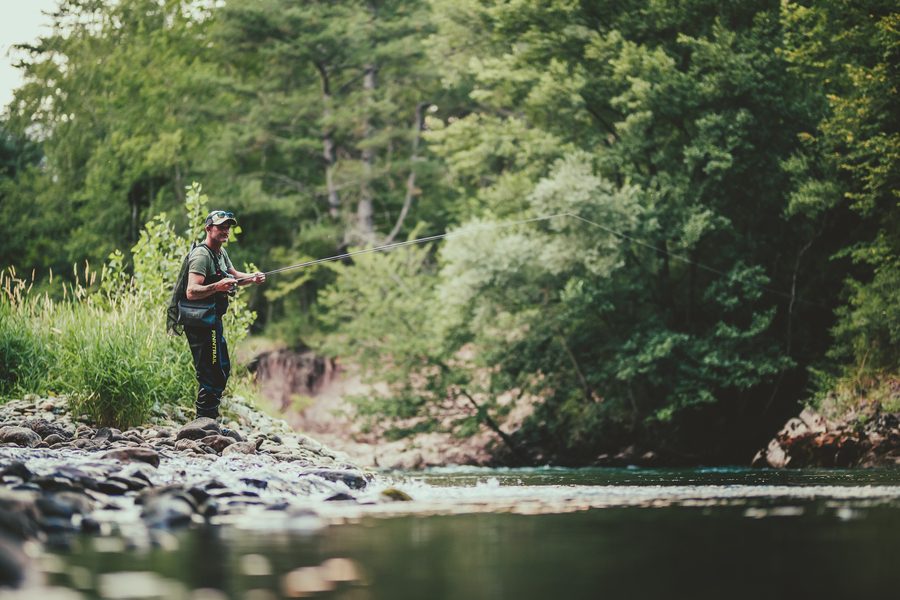
What Does Match the Hatch Mean?
The phrase “match the hatch” comes from fly fishing but has spread into general angling vocabulary. At its core, it means choosing a bait or fly that imitates the natural food fish are currently feeding on.
In fly fishing, anglers study the insects on or near the water, then pick artificial flies that closely resemble them in size, color, and behavior.
In bass fishing, the principle is the same: using lures or soft plastics that mimic shad, crawfish, or insects the bass are actively eating.
In short, matching the hatch is about observation and adaptation. You’re not forcing the fish to take your bait—you’re giving them what they already want.
Why Matching the Hatch Matters
Matching the hatch is more than tradition—it directly improves your catch rate. Here’s why:
-
Fish are selective feeders. During a heavy mayfly hatch, trout may ignore everything except those mayflies, even if your fly looks tasty.
-
It builds consistency. Random fly changes waste time. When you know how to match the hatch, you can quickly choose the right option.
-
It connects you to the ecosystem. Fly fishing is about more than catching fish; it’s about understanding rivers, insects, and cycles of life.
The Basics: Insect Life Stages and Fish Feeding
To match the hatch in fly fishing, you need a working knowledge of aquatic insects. Most have three main stages that matter to fish:
-
Nymphs (larvae) – subsurface insects crawling on rocks or drifting in currents. Fish feed on these year-round.
-
Emergers – insects transitioning to adulthood, struggling near the surface. They’re vulnerable and irresistible to trout.
-
Adults (duns/spinners) – fully formed insects flying or floating on the surface. This is when hatches are most visible.
By identifying which stage fish are keying in on, you can pick flies that imitate them precisely.
Mastering the Hatch
Step 1: Observation — Your First Hatch-Matching Tool
Before tying on any fly, stop and look. Here’s what to check:
-
On the Water: look for insects drifting on the surface film.
-
In the Air: are mayflies, caddisflies, or midges swarming? Watch their flight patterns.
-
On Rocks or Vegetation: turn over a few stones near the bank to find nymphs.
-
In the Fish’s Behavior: splashy rises often mean surface feeding, while subtle dimples suggest emergers.
The Orvis Pro Tips guide emphasizes this: careful observation helps you avoid guessing and start fishing intelligently.
Step 2: Size, Shape, and Color — The Golden Rule
When learning how to match the hatch in fly fishing, follow the golden rule: match size first, shape second, color third.
-
Size: if fish are feeding on size 18 midges, your size 12 fly will look comically wrong.
-
Shape: mayflies, caddis, stoneflies, and midges each have distinct silhouettes.
-
Color: match general shades, not exact Pantone codes. Fish notice contrasts more than subtle hues.
Step 3: Fly Selection — Common Hatch-Matching Patterns
Here are a few go-to flies that imitate major insect groups:
-
Mayflies: Parachute Adams, Blue-Winged Olive, Pheasant Tail Nymph
-
Caddisflies: Elk Hair Caddis, LaFontaine’s Sparkle Pupa
-
Stoneflies: Stimulator, Pat’s Rubber Legs
-
Midges: Griffith’s Gnat, Zebra Midge
These patterns are versatile enough to cover many hatches, making them essential in your box.
Advanced Hatch Matching: Nymphing and Emergers
Most fish feed underwater rather than on the surface. To increase your chances of success, focus on subsurface tactics. Use nymph rigs to drift imitations close to the riverbed. When you notice subtle rises just beneath the surface, switch to emergers. And remember the “three ways to improve nymphing fly selection” rule: adjust size, weight, and pattern until you find what works.
Match the Hatch for Bass Fishing
Although born in trout streams, the concept of match the hatch also applies to bass fishing in lakes and rivers. Bass don’t rise to mayflies, but they do key in on seasonal forage:
-
Spring: crawfish patterns dominate.
-
Summer: shad, bluegill, and dragonflies.
-
Fall: shad schools and minnows.
-
Winter: slow-moving crawfish and baitfish.
Soft plastics, crankbaits, and topwater lures can all be considered hatch-match baits when chosen to replicate what bass are actively feeding on.
Practical Tips
Here’s a quick checklist you can use next time you’re on the water:
-
Observe – watch fish behavior and look for insects on the water.
-
Collect Samples – use a small net or check under rocks.
-
Match Size First – even if your color is off, correct sizing fools more fish.
-
Imitate Behavior – dry flies should drift naturally; nymphs should bounce along the bottom.
-
Adjust Constantly – if you’re not catching, change flies until you find what works.
Common Mistakes
-
Ignoring the water: many anglers look only at flying insects, forgetting that 80% of fish feeding happens underwater.
-
Fishing one fly all day: hatches change hourly. Be flexible.
-
Neglecting leaders and tippets: presentation matters as much as the fly itself.
-
Overcomplicating color: fish aren’t art critics. Focus on shape and size.
Final Thoughts
Learning how to match the hatch in fly fishing is part science, part art. It requires patience, attention to detail, and a willingness to adapt. From trout streams to bass lakes, the principle remains the same: fish eat what’s available, and your job is to imitate it convincingly.

